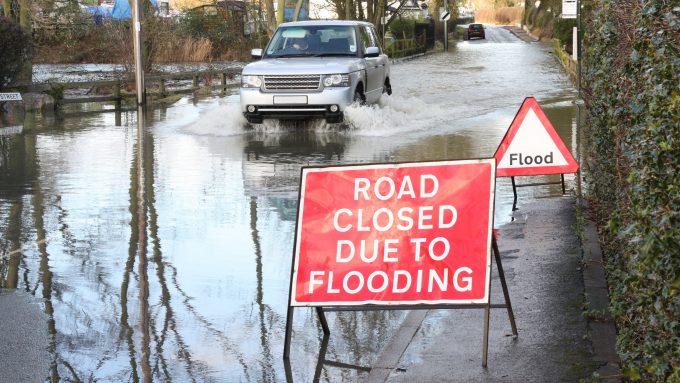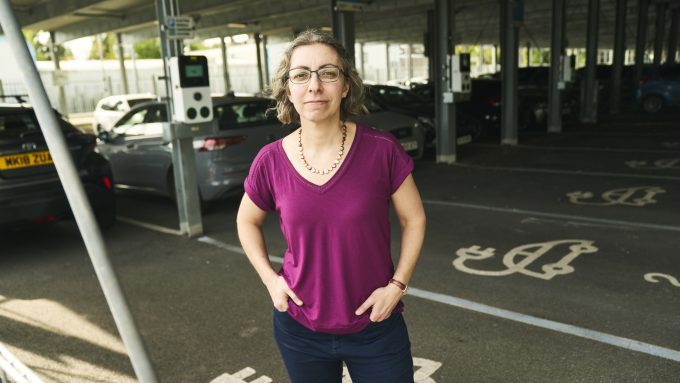
Droneport Design and Development Framework

The 2018 PwC report Drones Impact on the UK Economy noted that “Delivery drones could become business as usual by 2030. Large retail and logistics companies are investing in delivery drones with the aim of achieving increased efficiency, lower costs, and increased customer satisfaction. The scope of delivery drones could also be beyond dropping off parcels in the ‘last mile’ of client logistics”.
In order for this to be realised, Connected Places Catapult identified a need for guidance – particularly from Local Authorities – on where these ‘last mile’ Droneports may be located, and the design and planning requirements for such sites, particularly for those providing a service for a variety of users. Globally, there is currently no known guidance for the design and development of Droneports.
The aim of this document is to provide a top-level framework for the design and development of Droneports in a variety of locations. The Droneport Design and Development Framework provides guidance to designers, engineers, investors, Local Authorities, and all stakeholders on best practice in developing Droneport solutions and is an essential guide to the development of infrastructure for commercially viable drone services across the UK. The Framework has been developed in collaboration with industry and a number of Local Authorities drawing upon their experience
In order to enable commercially viable drone delivery services in our towns, cities and rural areas, Connected Places Catapult, working in collaboration with Urban Air Port and the Met Office, has produced a Droneport Design and Development Framework. A first-of-kind Guidance Document for designers, engineers, investors, local authorities, and all stakeholders on best practice in developing Droneport solutions.Henry Tse, Executive Director – New Mobility Technologies.





